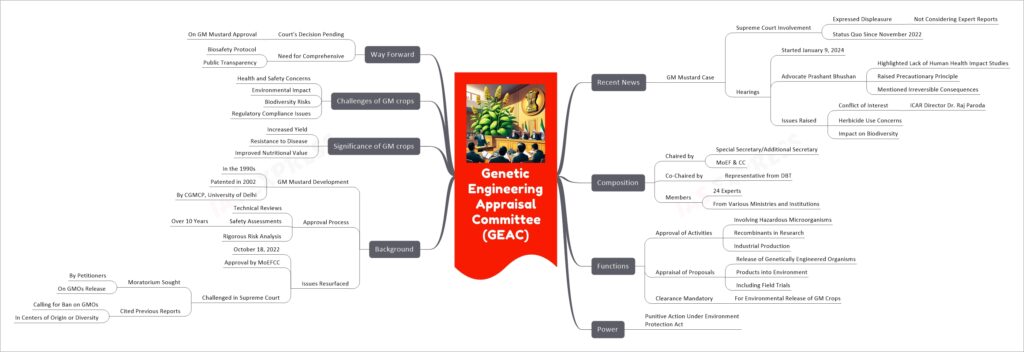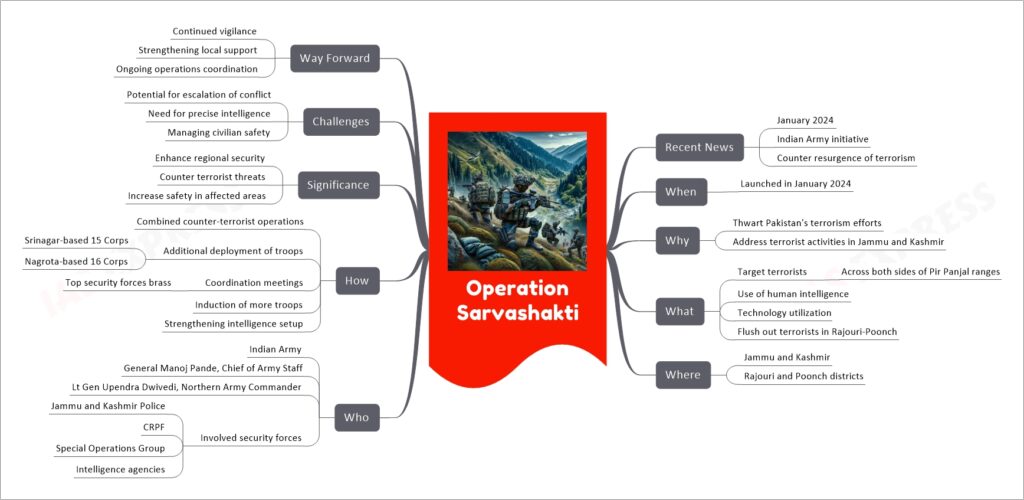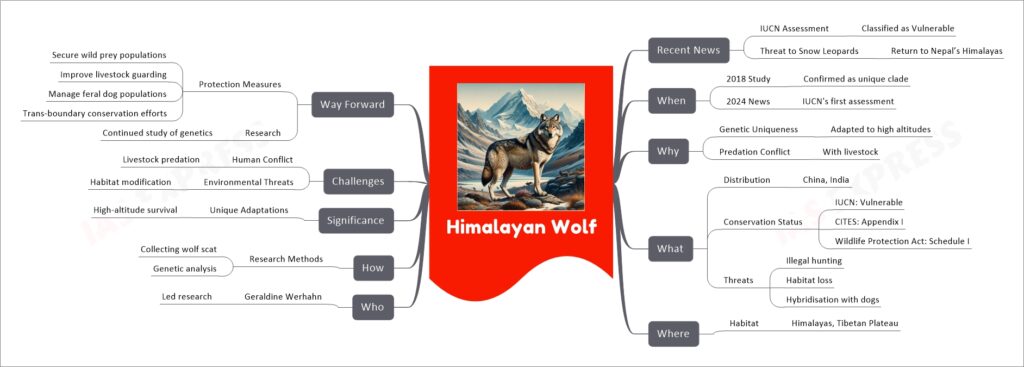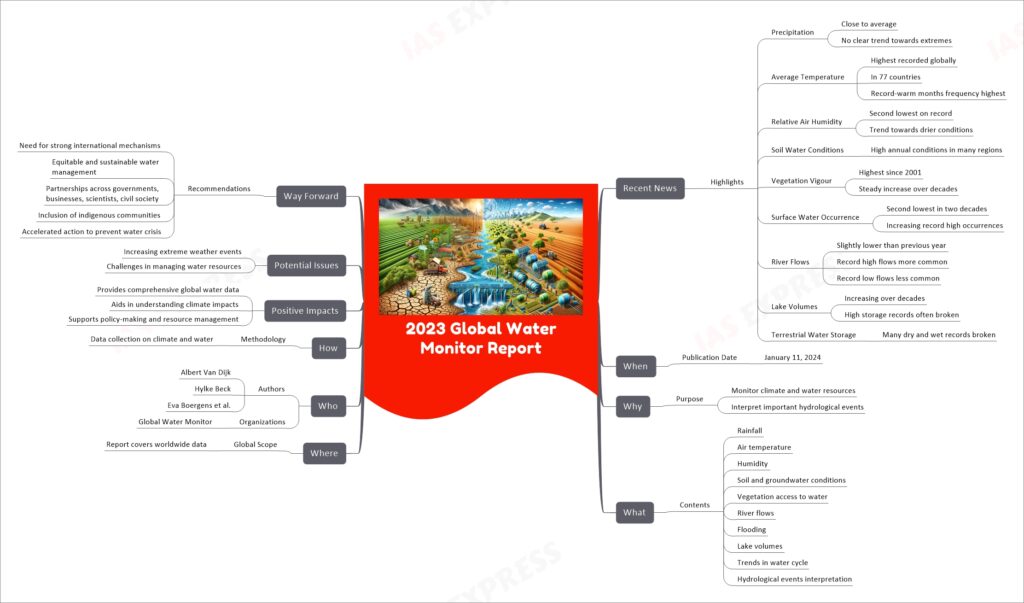[Newsbits] 14,15|01|2024: 2023 Global Water Monitor Report, Himalayan Wolf, Operation Sarvashakti & more


The Genetic Engineering Appraisal Committee (GEAC) in India, functioning under the Ministry of Environment, Forest, and Climate Change, is currently in the spotlight due to its involvement in the approval process of genetically modified (GM) mustard. The Supreme Court of India has expressed displeasure over GEAC’s decision to approve GM mustard without considering the reports of a court-appointed Technical Expert Committee on biosafety. Advocates have raised concerns about the lack of studies on the impact of GM crops on human health, potential environmental risks, and issues of regulatory compliance. The approval process has been extensive, with over a decade of technical reviews and safety assessments. However, the Supreme Court’s decision on the matter is pending, emphasizing the need for a comprehensive biosafety protocol and greater public transparency in the approval process of GM crops.

In simple terms, Operation Sarvashakti is a strategic initiative launched by the Indian Army in January 2024 to counter the resurgence of terrorism in the Jammu and Kashmir region, specifically in the Rajouri and Poonch districts. This operation aims to target terrorists operating on both sides of the Pir Panjal mountain ranges. It involves a combined effort of various security forces and relies on enhanced human intelligence and technology. The operation seeks to enhance regional security and safety but faces challenges such as the need for precise intelligence and managing civilian safety.

Operation Amrith is an initiative by the Kerala Drug Control Department in India, launched in January 2024. Its purpose is to combat antimicrobial resistance and curb the overuse of antibiotics. The operation involves conducting surprise raids in pharmacies to detect unauthorized over-the-counter sales of antibiotics, enforcing strict record-keeping, and requiring visible notices in pharmacies about the prescription requirement for antibiotics. The public is encouraged to report any violations. The initiative is a part of the broader effort under the Kerala Anti-Microbial Resistance Strategic Action Plan, aiming to reduce antimicrobial resistance and promote appropriate use of antibiotics.

The Himalayan Wolf, recently classified as ‘Vulnerable’ by the IUCN, is a unique species native to the Himalayas and Tibetan Plateau. A 2018 study first identified it as a genetically distinct clade, adapted for survival in high-altitude, low-oxygen environments. Researchers, led by Geraldine Werhahn, have been collecting and analyzing wolf scat for genetic studies. These wolves face threats from illegal hunting, habitat loss, and hybridization with dogs. They also conflict with local communities due to livestock predation. Conservation efforts focus on securing wild prey populations, improving livestock guarding methods, managing feral dog populations, and trans-boundary conservation initiatives. The Himalayan Wolf’s unique genetic adaptations for high-altitude survival highlight its ecological significance and the need for continued research and protective measures.

The 2023 Global Water Monitor Report provides a comprehensive analysis of global water resources, focusing on climate and water data such as rainfall, air temperature, humidity, soil and groundwater conditions, vegetation access to water, river flows, flooding, and lake volumes. The report highlights the highest recorded average global temperature, the trend towards drier conditions, and the increasing frequency of extreme weather events. It underscores the necessity for strong international mechanisms, equitable and sustainable water management, and the importance of partnerships across various sectors, including governments, businesses, scientists, civil society, and indigenous communities, to prevent a global water crisis. The report is a crucial tool for understanding the impacts of climate change on water resources and for aiding policy-making and resource management.
If you like this post, please share your feedback in the comments section below so that we will upload more posts like this.
